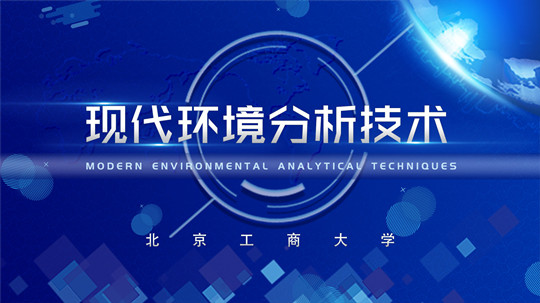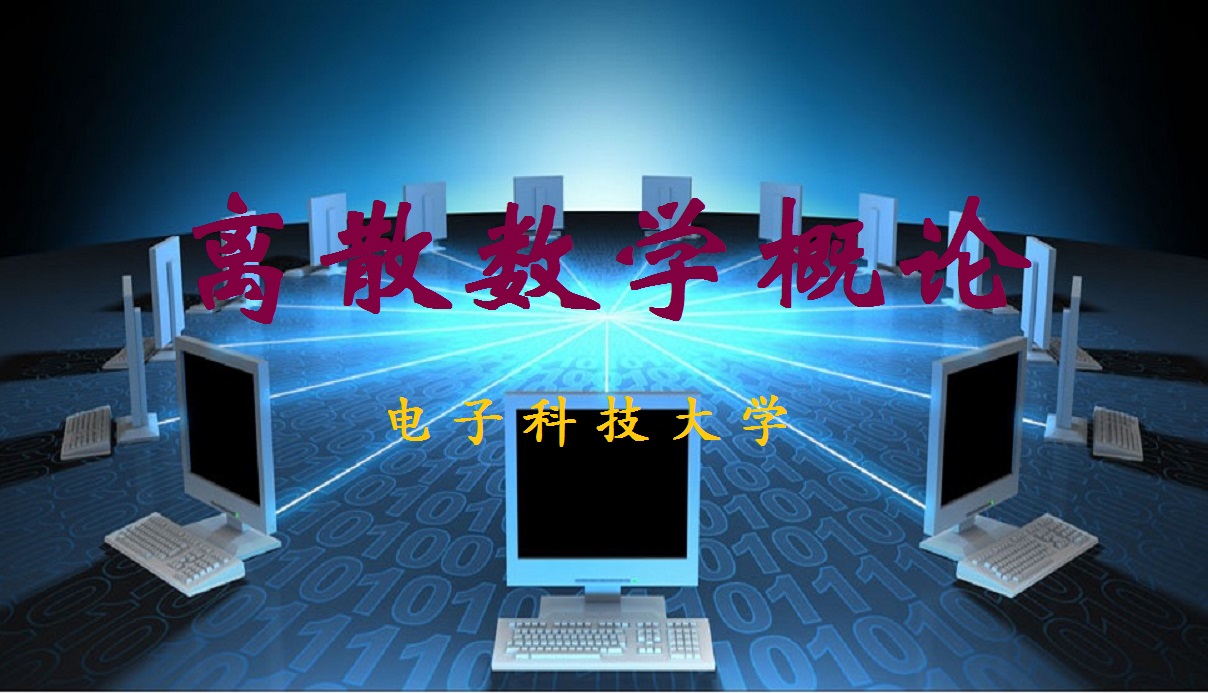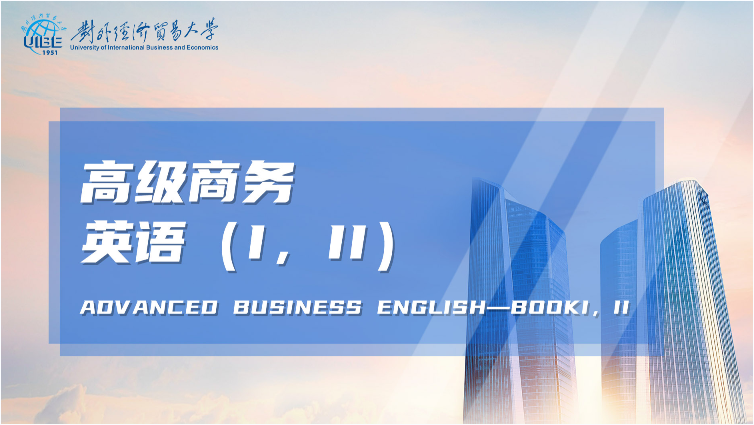
当前课程知识点:Methodology of Scientific Research > Lecture 9 Academic Conference and Report Preparation > Section 9.1 Characteristics, Types and Titles of Academic Conferences > 9.1.1 Characteristisc of Academic Conference
返回《Methodology of Scientific Research》慕课在线视频课程列表
返回《Methodology of Scientific Research》慕课在线视频列表
各位同学大家好
从这一讲开始
由我来讲
有关学术会议和报告方面的一些内容
这一讲总共分成5个部分
开始是介绍一下学术会议的一些基本情况
然后是介绍学术会议的一个标准模式
会议的报告要点
以及在做学术会议报告的时候的一些常用的
技法
最后对我们这一讲做一个总结
首先我们来看一下学术会议
学术会议是由学术机构或者单位或者一些团体
组织的
旨在进行广泛的学术交流的一种会议
它的目的是为了让我们从事科学研究的一些
同行学者
就我们所关心的目前正在研究的一些学术问题
提供一些集体探讨和共同提高的机会
同时还可以借学术会议的机会来发布我们的
研究的最新成果
我们知道当今社会的信息化程度是越来越高的
科研成果呈爆炸式的增长
我们科研课题的研究层面
深度
广度
研究周期
跟我们以前相比都有了非常大的变化
而通过学术会议
我们是可以和我们的同行
这里面的同行的
包括大同行和小同行
来进行互相切磋
互相交流
互相启发
共同进步
共同提高
我们刚才提到了大同行
实际上就指同一个学科
或者有时候还包括相近学科领域的同行
比如我本人是从事发光和激光研究的
那么所有的从事光学领域研究的
可以认为是一个大同行
甚至于有时候认为物理领域的同事都是大同行
有时候我们从事材料物理的
光电信息等领域的
也可以认为是跟我们属于一个大分行
而所谓的小同行
那么就是说做的研究方向是非常接近的
如果说我现在正在做光纤激光器
那么这一个光纤激光器领域就是我的小同行
可能过几年我要做纳米发光材料
那么纳米发光材料这一块就是我的小同行
参加高水平的学术会议
是我们科研工作者获取前沿信息
捕捉科研课题机会
拓宽科研视野
增进同行有益的一个非常重要的途径
那么学术会议有什么特点呢
特点很多
最主要的我们认为有这几个方面
第一是学术性
这个体现在他参与的人
基本上都是从事学术研究的
具体来说
包括高校教师
研究所和企业的科研人员
以及博士生
硕士生
甚至于一些本科生等等
有时候还可以包括科研仪器和科技产品的生产
和销售人员
以及一部分行政管理人员
当然行政管理人员是指从事学术研究领域
这个部门的一些行政管理人员
再一个学术性的体现就是会议的内容
都是关于学术研究的
正如我们前面所说的
学术会议的主旨是学术交流
会议上交流和研讨的
是最新的研究进展
以及目前所存在的一些问题和解决方法
还有我们领域的一些创新的方法
创新的思路等等
学术会议的第2个特点是交流性
所有的从事某一个领域的科研人员来参加学术
会议
他会互通有无
把我的一些最新的研究成果介绍给你听
把你的研究成果呢讲给我听
我们知道相互之间在做什么
第2个是可以互相启发
我们中国有个成语叫做闭门造车
就光闷在家里做自己的科研
是很难有所突破的
而通过学术会议
有时候别人的一些报告
他们在报告当中提到的自己的一些思路
一些想法
一些观点
都有可能给自己带来一定的启示
因为我自己可能对某一个课题正在专心致志的
在思考
但是经常会百思不得其解
别人无意当中的一句话
一个观点
会带来启示
这个对自己绝对是有用的
学术会议当然还有一些其他的特性
不同的学术会议
它的特性是不完全一样的
比如国际性的学术会议
它有个特点
是国际性
一些国际会议有上万人
比如说美国光学工程学会办的一个spIe
还有一些很小的
几个人
十几个人
或几十个人的这种所谓的workshop
就研讨会
也可能是国际会议
有时候有一些是专题研讨会
那么它的特点是专门性
一般来说专门研讨会的规模比较小
比如国家自然科学基金委的主办的一个双清
论坛
基本上是邀请了国内有时候是国外的很少范围
内的一部分人来从事某一个专题的研讨
还有暑期学校
它的特点是培养性
以培养学生为主
中俄光子学
暑期学校
是邀请的中方和俄方的从事光子学领域的一些
硕士生
博士生
名额并不多
然后邀请一些院士或者著名的教授给他们授课
-Section 1.1 Basic Concepts of Scientific Research
--1.1.1 Basic Concepts of Research
-Section 1.2 General Procedure of Scientific Research
--1.2.3 Process of Natural Science
--1.2.4 Process of Social Science
--1.2.5 Process of Technologial Science
-Section 1.3 How to Prepare for Scientific Research
--1.3.1 Motivation of Research
-Test-Lecture #1
-Section 2.1 Types and Sources of Research Project
-Section 2.2 Principles and Methods of Topic Selection
--2.2.1 Principle of Topic Selection
--2.2.2 Methods of Topic Selection
--2.2.3 Procedure and Strategy of Topic Selection
-Section 2.3 Information Collection of Project
--2.3.1 Type, Collection and Search of Information
-Test-Lecture #2
-Section 3.1 Typical Research Methods
--3.1.1 Level of Research Method
--3.1.2 Concept of Research Method
--3.1.3 Typical Research Methods
-Section 3.2 Typical Thinking Modes
--3.2.1 Thinking and its Characteristics
--3.2.2 General Innovative Thinking
--3.2.3 Typical Thinking Modes
-Section 3.3 Analysis of Research Cases
--3.3.1 Question Description and Concept
--3.3.2 Three-Level Theory of Problem
--3.3.3 Train of Question Consciousness
-Test-Lecture #3
-Section 4.1 Research-oriented Scientific Design
--4.1.1 General Scientific Design
--4.1.3 Example of Research Design
--4.1.4 Other kinds of Research Design
-Section 4.2 Experimental Scientific Research Design
--4.2.4 Example of Experimental Design
-Section 4.3 Application-oriented Scientific Design
--4.3.1 Basic Concepts and Significance
--4.3.3 Example of Applied Design
--4.3.4 Train of Research Skills
-Test-Lecture #4
-Section 5.1 Initial Entry into the Research Group
--5.1.2 Consider Research Outline
-Section 5.2 Analysis of Scientific Research Cases
--5.2.1 Example of Correct Topic Selection
--5.2.2 Example of Team Cooperation
--5.2.3 Test of Non-invasive PDM
-Section 5.3 Research-based Learning and Research
--5.3.1 Overview of Research Learning
--5.3.2 Research-based Learning
--5.3.3 Research Train for Undergraduates
-Test-Lecture #5
-Section 6.1 Scientific Research Strategy and Tactics
--6.1.1 Strategy in Research Work
--6.1.2 Tactics in Research Work
--6.1.3 Research Group and Management
-Section 6.2 Scientific Research Tactful Operation
--6.2.3 Typical Research Planning
-Section 6.3 Discrimination of Research Obstruction
--6.3.2 Origin of Research Obstruction
--6.3.3 Case of Research Obstruction
--6.3.4 Strategy to Remove Obstruction
-Test-Lecture #6
-Section 7.1 Research Papers and Writing
--7.1.2 Writing Research Paper
-Section 7.2 Rules for Submission and Publication
--7.2.1 Preparing for Contribution
--7.2.2 Process of Publication
--7.2.3 Strategy of Contribution
-Section 7.3 Examples and Analysis of Paper
--7.3.1 Basic Structure of Paper
--7.3.3 Introduction, Main Content and Conclusion
-Test-Lecture #7
-Section 8.1 Introduction of Invention and Creation
--8.1.1 Generality of Invention
--8.1.2 Principle of Invention
--8.1.3 Risk and Protection of Invention
-Section 8.2 Patent Types and Applications
--8.2.1 Characteristics and Types of Patent
--8.2.3 Process of Applying Patent
-Section 8.3 Patent Examples and Analysis
--8.3.1 Example of Invention Patent
--8.3.2 Example of Utility Model Patent
--8.3.3 Example of Design Patent
-Test-Lecture #8
-Section 9.1 Characteristics, Types and Titles of Academic Conferences
--9.1.1 Characteristisc of Academic Conference
--9.1.2 Types of Academic Conference
--9.1.3 Title of Academic Conference
-Section 9.2 Basic Elements and Report Types of Academic Conferences
--9.2.1 Basic Elements of Conference
--9.2.2 Types of Conference Report
-Section 9.3 Main Points, Syntax and Summary of Academic Reports
--9.3.1 Writing and Accepting Conference Paper
--9.3.2 Exercise before Reporting
-Test-Lecture #9
-Section 10.1 Character and Type of Researcher
--10.1.1 Basic Moral of Researcher
--10.1.2 Moral Outlook of Researcher
--10.1.3 Talent Type and Innovative Quality
-Section 10.2 Research Ethics and Academic Norms
--10.2.1 Generality of Research Morality
--10.2.3 Monitoring Measure of Research
-Section 10.3 Research Relationship and Incentive Mechanism
--10.3.1 Generality of Research Relation
--10.3.2 Typical Research Relation
--10.3.3 Research Incentive System
-Test-Lecture #10


